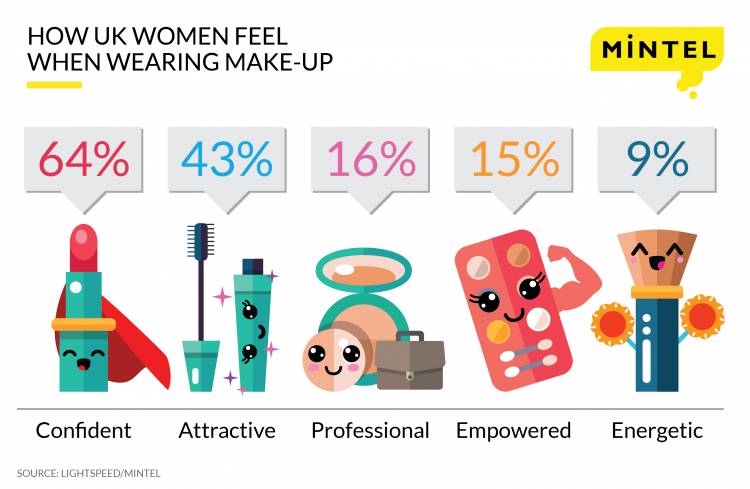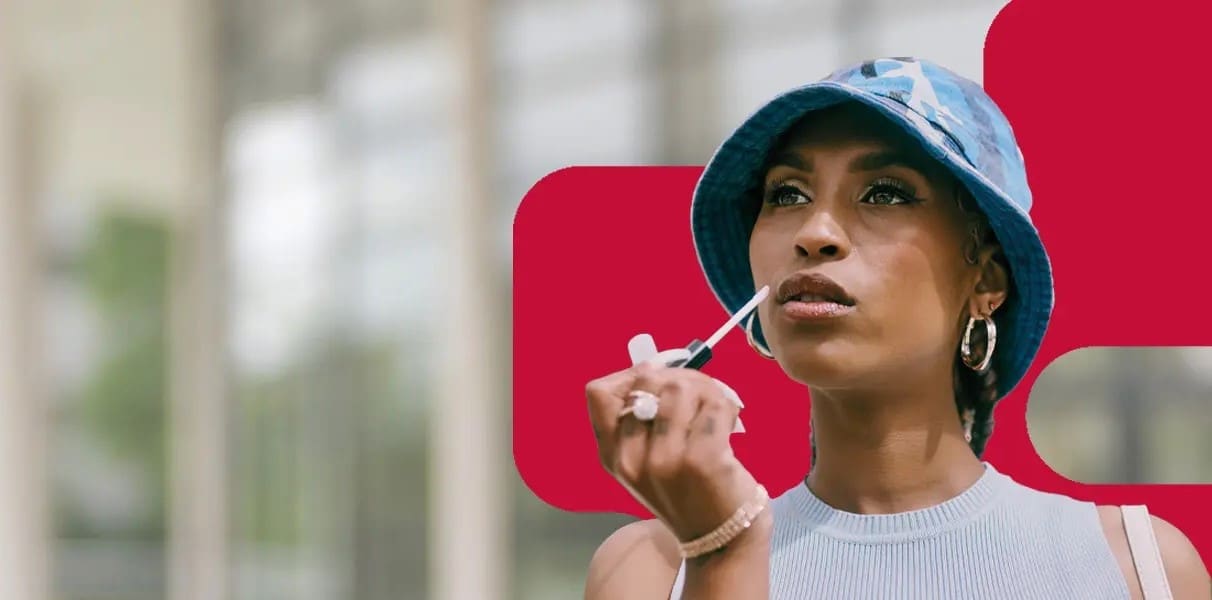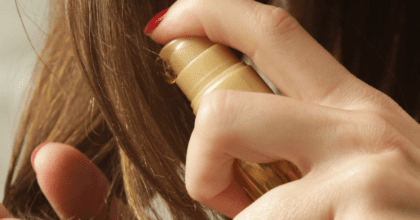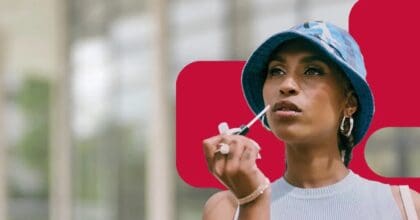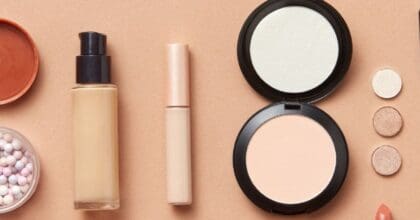Sales of colour cosmetics to hit £2 billion in 2017
From Twiggy to Kate Moss, the faces of Britain’s beauty icons have been celebrated on billboards and magazine covers across the world for generations. And it seems that British women are continuing to follow the standards set by beauty icons, with new research from Mintel revealing that sales of colour cosmetics in the UK are set to reach £2 billion this year, up 7.2% from £1.8 billion in 2016.
Britain’s love of beauty products shows no signs of fading, as Mintel predicts the market to grow by 36% and reach £2.5 billion by 2021. Today, as many as 83% of UK women wear make-up. The most purchased products within the last 12 months were classic make-up bag staples: mascara (57%), lipstick (49%) and liquid/cream foundation (46%).
Overall, the face and lip colour sectors saw the biggest rise in sales in the colour cosmetics category in 2016, driven in part by the ‘no make-up make-up look’ and colour correction trends. While sales of face colour products rose by a blushing 10% to reach £580 million in 2016, sales of lip colour grew by a lip-smacking 11% to £304 million.
Roshida Khanom, Associate Director, Beauty & Personal Care at Mintel, said:
“The colour cosmetics category continues to show strong year-on-year growth, particularly driven by the fashion for the ‘no make-up make-up’ look, which requires more products, time and skill than the name might suggest. Celebrities such as Little Mix’s Jesy and Holly Willoughby have recently been seen to showcase their natural beauty by appearing make-up free on social media, which is contributing to women drifting apart from full faces of make-up in favour of more subtle, natural looks aimed at enhancing rather than transforming.”
Indeed, it seems that UK women are keen to embrace the ‘English rose’ look. Just 12% say they experiment with different looks, while a scarce 7% of UK women say they wear make-up to create a bold or dramatic look. Conversely, over a third (35%) say they use make-up to subtly enhance their natural features.
When considering at why women turn towards the make-up box, tiredness is the leading motivator. As many as 41% of women say they wear make-up to look less tired, followed by 39% who use it to cover blemishes and 25% who use make-up to look more youthful.
Meanwhile, Mintel research highlights the emotional ties UK women have when ‘putting on their face’. Over three in five (64%) women who wear make-up say it makes them feel confident and 43% say it makes them feel attractive, compared to just 16% who feel more professional and 15% who feel empowered by wearing make-up.
What’s more, it seems that being selfie-ready is also an important factor for younger make-up users in particular. Almost a quarter (22%) of women aged 16-24 wear make-up to create a camera-ready look, up from an average of 7%.
“Colour cosmetics remains a transformative sector, both with regards to appearance as well as emotional wellbeing. With confidence rating higher than attractiveness as an emotional impact of wearing make-up, brands should use it as a tool for revealing inner beauty and focus more on strength and empowerment. Whilst the selfie trend continues to heighten the awareness of one’s own reflection, most women are favouring natural make-up looks to enhance their features rather than create dramatic looks.” Roshida adds.
While many have been embracing the natural look, others have been brushing up their make-up skills for specific trends. As many as three in 10 (29%) women have tried the eyebrow defining trend, with over a quarter (27%) showing interest in trying this in the future. Meanwhile, 24% have experimented with nail art and 20% have tried face contouring.
However, some trends remain elusive. Just 6% of women who wear make-up have tried the ombre lip trend, with other half (55%) not knowing what this is; meanwhile, a mere 6% have given strobing a go, with two thirds (66%) of women not knowing what this is.
Currently, over two in three (69%) women say that make-up trends are time consuming, while 72% say the end result can look unnatural.
“With too much choice and too little time, consumers are looking for shortcuts to help the decision making process. When it comes to make-up trends, there are more opportunities for sales assistants to showcase new styles, either on themselves or on customers. Shoppers can also be encouraged to try products on a mannequin in-store, for example, to enable them to see what a trend would look like and practice it before buying into it.” Roshida concludes.
Press review copies of Mintel’s Colour Cosmetics UK 2017 report and interviews with Roshida Khanom, Associate Director, Beauty & Personal Care at Mintel, are available on request from the press office.
-
Mintel StoreGet smart fast with our exclusive market research reports, delivering the latest data, innovation, trends and strategic recommendations....View reports
-
Mintel LeapMintel Leap is a revolutionary new AI-powered platform that will transform your research process....Book a demo












